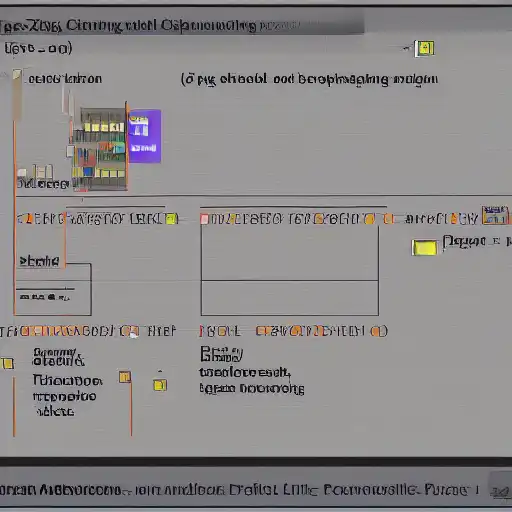
September 2nd, 2023
Welcome to the first part of our "Getting Started with Zig on MacOS" series! In this initial installment, we'll set the stage for our journey into the world of Zig, a powerful and modern programming language. We'll explore what Zig is, why it's an excellent choice for MacOS development, and guide you through the installation and setup process.
What is Zig?
Zig is a systems programming language designed for robustness, clarity, and optimal performance. It was created with the goal of providing developers with a safer and more predictable alternative to languages like C and C++, while still allowing low-level control over system resources.
Here are some key features of Zig:
- Safety First: Zig emphasizes safety without sacrificing performance. It has a strong focus on eliminating undefined behavior and runtime errors.
- Minimal Dependencies: Zig strives to minimize dependencies and encourages static linking, making it ideal for creating small and self-contained executables.
- Simplicity and Clarity: The language is designed to be simple and readable, which makes it easier to write and maintain code.
- Cross-Platform: Zig supports multiple platforms, including MacOS, Linux, Windows, and more.
Why Zig on MacOS?
Choosing Zig for MacOS development comes with several advantages:
- Performance: Zig's focus on performance makes it a great choice for building high-performance applications on MacOS, whether you're creating a command-line tool or a graphical application.
- Safety: Zig's emphasis on safety can help you avoid common programming errors and vulnerabilities, leading to more reliable software.
- Cross-Platform Compatibility: Zig's cross-platform capabilities mean that you can write code that works not only on MacOS but also on other operating systems without major modifications.
- Community and Ecosystem: Zig has a growing and enthusiastic community, and the language is actively developed and improved.
- Learning Opportunity: Learning Zig can be an enriching experience for developers looking to expand their skill set and explore a language with a unique design philosophy.
Installation and Setup
Now, let's get started with the practical aspect of this series by installing Zig on your MacOS system and setting up your development environment.
Step 1: Install Homebrew (if not already installed)
If you don't have Homebrew installed on your MacOS system, you can install it by running the following command in your terminal:
/bin/bash -c "$(curl -fsSL https://raw.githubusercontent.com/Homebrew/install/HEAD/install.sh)"
Step 2: Install Zig
Once Homebrew is installed, you can install Zig with a simple command:
brew install zig
Step 3: Verify the Installation
To verify that Zig has been successfully installed, run the following command to check the version:
zig version
You should see the version number of Zig displayed in your terminal.
Congratulations! You now have Zig installed and ready to use on your MacOS system. In the upcoming posts, we will dive deeper into Zig's features, syntax, and development techniques. Stay tuned for Part 2, where we'll write our first Zig program and explore the basics of the language. Happy coding!